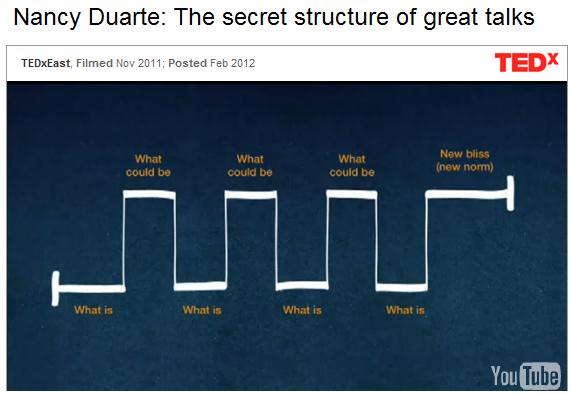Artomatic 2012 officially closed yesterday. If you don’t know already, Artomatic is an occasional DC metro event wherein a massive amount of art is rapidly installed and deinstalled into an otherwise vacant building. I had the opportunity to work there as a site manager, which meant I was onsite nearly every day of the event. I worked alongside gallery managers every day and was helped by a fabulous leadership team behind the scenes. This year it was held in an 11- story building in Crystal City. The show was open for five weeks in May and June. Before opening, we built three bars, dozens of tables, five performance stages with light and sound, and facilitated 1000+ visual art installations. On the weekends, we had 5000 to 8000 people come through. This means several thousand people in the building at any given moment. Total attendance was close to 80,000 people in five weeks.
Another opportunity disguised as a disaster.
The 1200+ participating artists provided all the labor for the event, each artist generally performing three five-hour shifts. Training was an ongoing, everyday task. Some days I was the only person in the building familiar with any of our operating procedures. Every day from Wed to Sun, two or three shifts of about 20-45 artists arrived for their mandatory volunteer shifts. I was not delivering planned, structured training. I was verbally explaining tasks that the learner would have to immediately implement. I usually had less than a minute to debrief a volunteer on their duties before leaving them at their station. I was constantly floating to monitor task performance throughout a 380,000 square foot building. This was a very short, very real-time training cycle!
Defining the Essential: What was important versus not important?
Rapidly assessing my learners and knowing what to communicate to them was essential. Moreover, I was training adults, many of whom were older than I am. I worked in schools for four years. I’ve worked with other adults for 12 years. However, I have never been in the position of telling adults exactly what they needed to be doing at every moment for five hours. I have trouble imagining a more intensive introduction to training adults. I tried to apply what I know about Adult Learning Theory to my task. I had to know if this volunteer needed to know how his task was important to the overall functioning of Artomatic that day, or this person could perform without that knowledge. I had to know what problems they might encounter (or create!) and adequately explain the solutions. When I failed to do any part of this, the “cogs” did not work well together. Volunteers became flustered, visitors perturbed. When I succeeded, volunteers were able to perform their tasks and visitors’ experience was pleasant.
Previously, I have done volunteer work such as disaster relief on the Gulf Coast and the Smithsonian Folklife Festival. But I have never participated on such a people-intensive event as Artomatic. Definitely a transformative experience in my life. I would do it again in a heartbeat.

